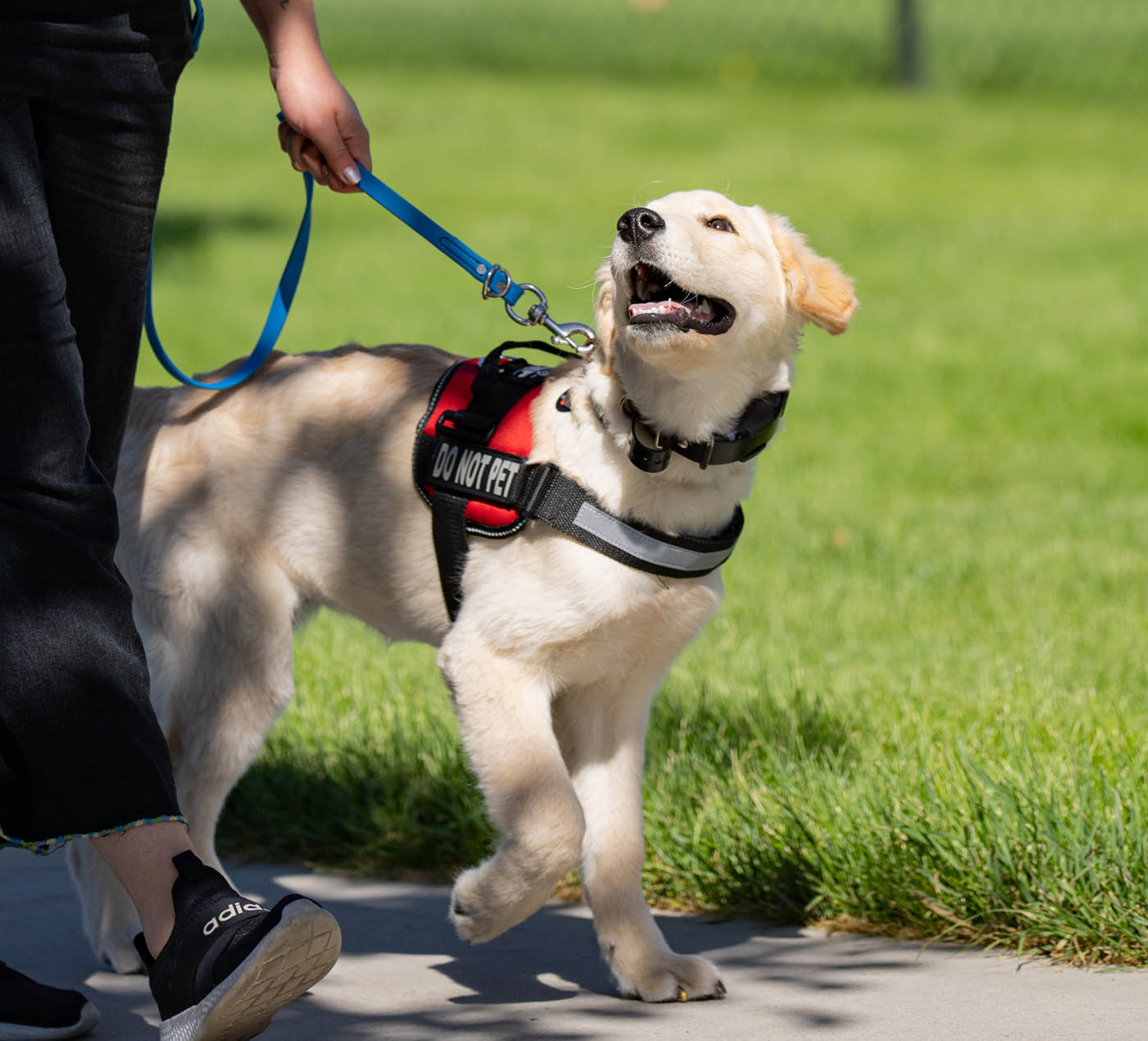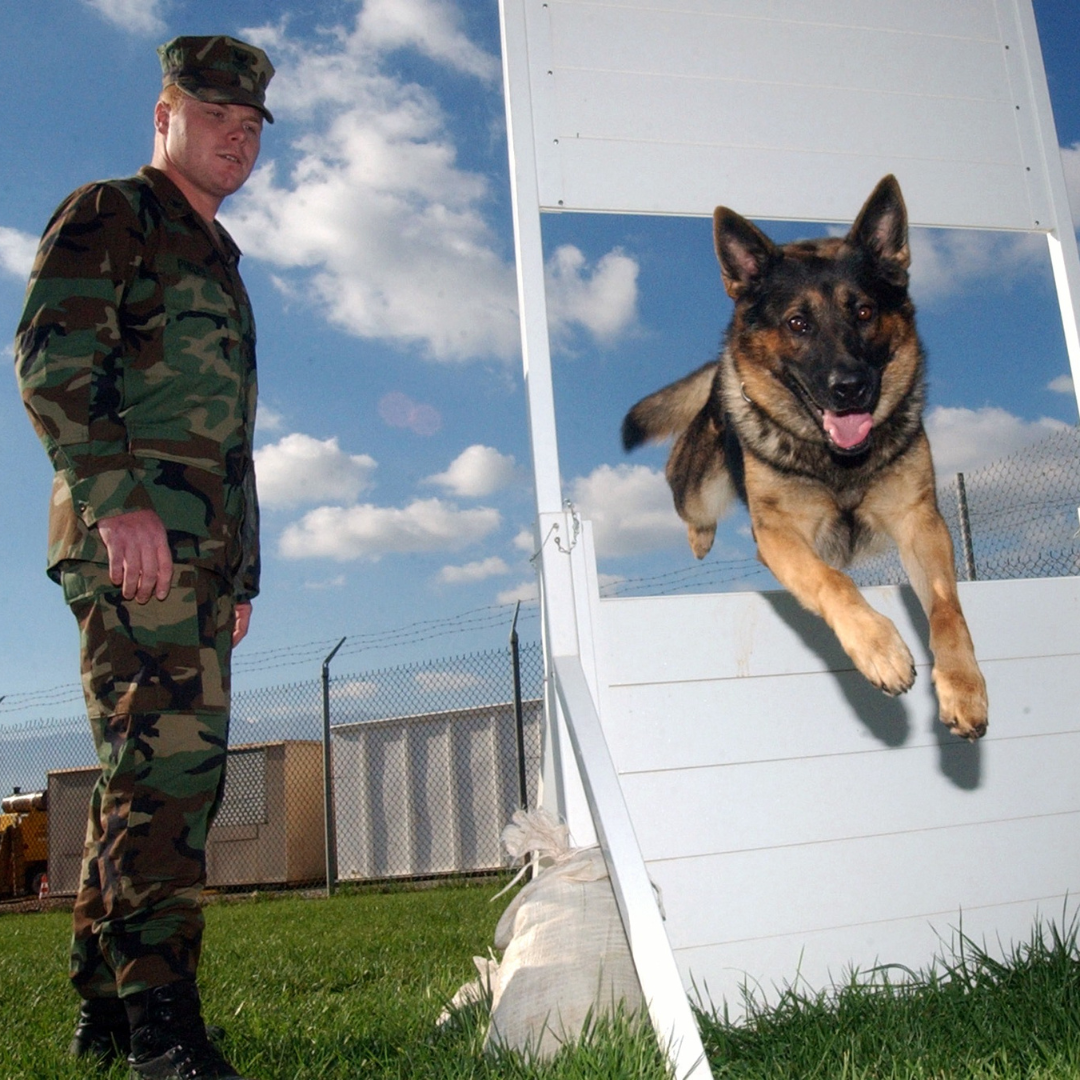Exploring Alternatives for Dog Training Charlotte: What You Required to Know
Exploring Alternatives for Dog Training Charlotte: What You Required to Know
Blog Article
The Ultimate Overview to Dog Training: Structure a Delighted, Obedient Animal
Reliable pet dog training is a complex process that rests on a deep understanding of canine behavior and the application of tried and tested techniques. By embracing favorable support and consistent command usage, pet dog owners can grow not just obedience yet also a strong, relying on connection with their pet dogs. Nonetheless, the trip does not finish with fundamental commands; attending to behavior issues and producing a supporting training environment are just as critical parts. As we discover these aspects, it ends up being obvious that the course to a mannerly and material canine companion might hold much more intricacies than one may originally think.

Comprehending Canine Actions
Exactly how does a pet dog's behavior mirror its emotional and mental state? A dog's activities can work as a window into its sensations, requirements, and overall psychological health. For instance, a wagging tail generally signifies joy and enjoyment, while a reduced tail may indicate anxiety or entry. Articulations such as whimpering or barking can interact a selection of emotions, from joy to distress.
Body movement also plays a vital duty in comprehending canine actions. An unwinded stance and open mouth signal convenience, whereas stressful muscle mass and pinned ears may suggest stress and anxiety or aggression. Observing these signals is vital for identifying the source of a canine's behavior, whether it comes from stress, excitement, or anxiety.
Furthermore, a pet dog's communication with its atmosphere and other animals can provide understanding into its psychological state. A canine that engages playfully with other dogs is likely feeling social and safe and secure, while one that displays evasion or aggression may be experiencing anxiety or insecurity. Comprehending these behavior hints is crucial for promoting a solid relationship in between the animal and the proprietor, ultimately adding to the dog's emotional wellness and wellness.
Vital Educating Techniques
Efficient canine training strategies are important for fostering desirable behaviors and enhancing the bond between a pet and its proprietor. Utilizing favorable reinforcement is among the most reliable techniques, where rewards such as treats, praise, or playtime are provided to reinforce preferred behaviors (Dog training). This urges the dog to duplicate those actions, producing a favorable understanding environment
Consistency is an additional essential component in dog training. Commands ought to be consistent and clear, and all family members need to use the same guidelines to avoid confusing the pet dog. Timing is just as important; incentives should be offered right away after the preferred behavior to establish a clear link in between the action and the incentive.
In addition, interesting and short training sessions are efficient, as pet dogs have differing focus spans. Goal for sessions of 5 to 15 mins, depending on the dog's age and energy degree. Integrating play into training can additionally enhance motivation and satisfaction for both the pet dog and the owner.
Finally, perseverance is crucial. Dogs find out at their very own pace, and maintaining a calm behavior will help relieve disappointment, guaranteeing a favorable training experience. These necessary strategies lay the groundwork for successful pet dog training and an unified relationship.
Standard Commands to Teach

When showing these commands,Consistency and positive support are key. Use treats, praise, and playtime to reward your canine's successes. Short, constant training sessions are a lot more reliable than long, seldom ones. By instilling these basic commands, proprietors furnish their canines with the abilities required for a unified and mannerly relationship.
Attending To Common Behavioral Problems
Comprehending and animal care course dealing with usual behavior problems in pets is vital for promoting an unified connection in between family pets and their owners. Many pet dogs display actions such as too much barking, chewing, or aggression, which can come from anxiety, boredom, or lack of correct training. Recognizing the root reason of these actions is the very first step towards efficient treatment.
For instance, excessive barking may suggest a demand for focus or a reaction to environmental stimuli. In such instances, owners must assess the pet dog's environment and offer appropriate mental stimulation, such as interactive playthings or routine exercise. Eating can typically be handled by rerouting the behavior to ideal eat products and making sure that the pet has sufficient physical activity to lower boredom.
Aggressive habits requires mindful handling and might necessitate professional training support. It's vital to understand that penalty can exacerbate anxiousness and hostility, resulting in a cycle of behavioral problems. Instead, concentrate on favorable reinforcement techniques to compensate preferable actions and reinforce a complacency.
Structure a Positive Training Environment
Developing a positive training environment is basic for reinforcing desirable habits in canines and minimizing behavioral issues. This environment should be identified by uniformity, encouragement, and a clear understanding of the training goals. By developing a routine, pets learn what is anticipated of them, which helps decrease stress and anxiety site here and complication.
Making use of favorable reinforcement strategies, such as treats, praise, and play, cultivates a sense of safety and motivation in the dog. Rewarding good actions instantly and constantly enhances the preferred actions, making the training process much more effective - Dog training. Additionally, trainers must stay client and calm, as pet dogs are delicate to their handlers' emotions
The training area should be cost-free from disturbances to guarantee the canine can concentrate on the tasks available. Consider making use of a peaceful area or a secure outdoor location. In addition, including play and socialization right into training sessions promotes a well-shaped approach, improving the pet's discovering experience.
Eventually, a positive training atmosphere supports a solid bond between the pet and handler, causing an obedient, satisfied family pet. By prioritizing this setting, animal proprietors can successfully address behavior obstacles and grow an effective training journey.
Verdict
Efficient pet training counts on a comprehensive understanding of canine habits and the application of positive reinforcement methods. By understanding vital commands and addressing behavior problems with patience and clear interaction, owners can foster a solid bond with their family pets. Creating a helpful training atmosphere boosts security and trust, eventually leading to the advancement of a well-behaved and joyous companion. Taking on these concepts makes sure a satisfying training experience for both canines and their owners.
Efficient pet dog training is a multifaceted procedure that hinges on a deep understanding of canine habits and the application of tested techniques. A pet that involves happily with various other pet dogs is most likely feeling social and protected, while one that exhibits evasion or aggression may be experiencing stress and anxiety or insecurity.Reliable canine training techniques are necessary for promoting desirable actions and strengthening the bond in between a pet dog and its owner.Creating a positive training setting is fundamental for reinforcing preferable actions in pets and mitigating behavioral issues.Reliable canine training depends on a detailed understanding of canine behavior and the application of positive support methods.
Report this page